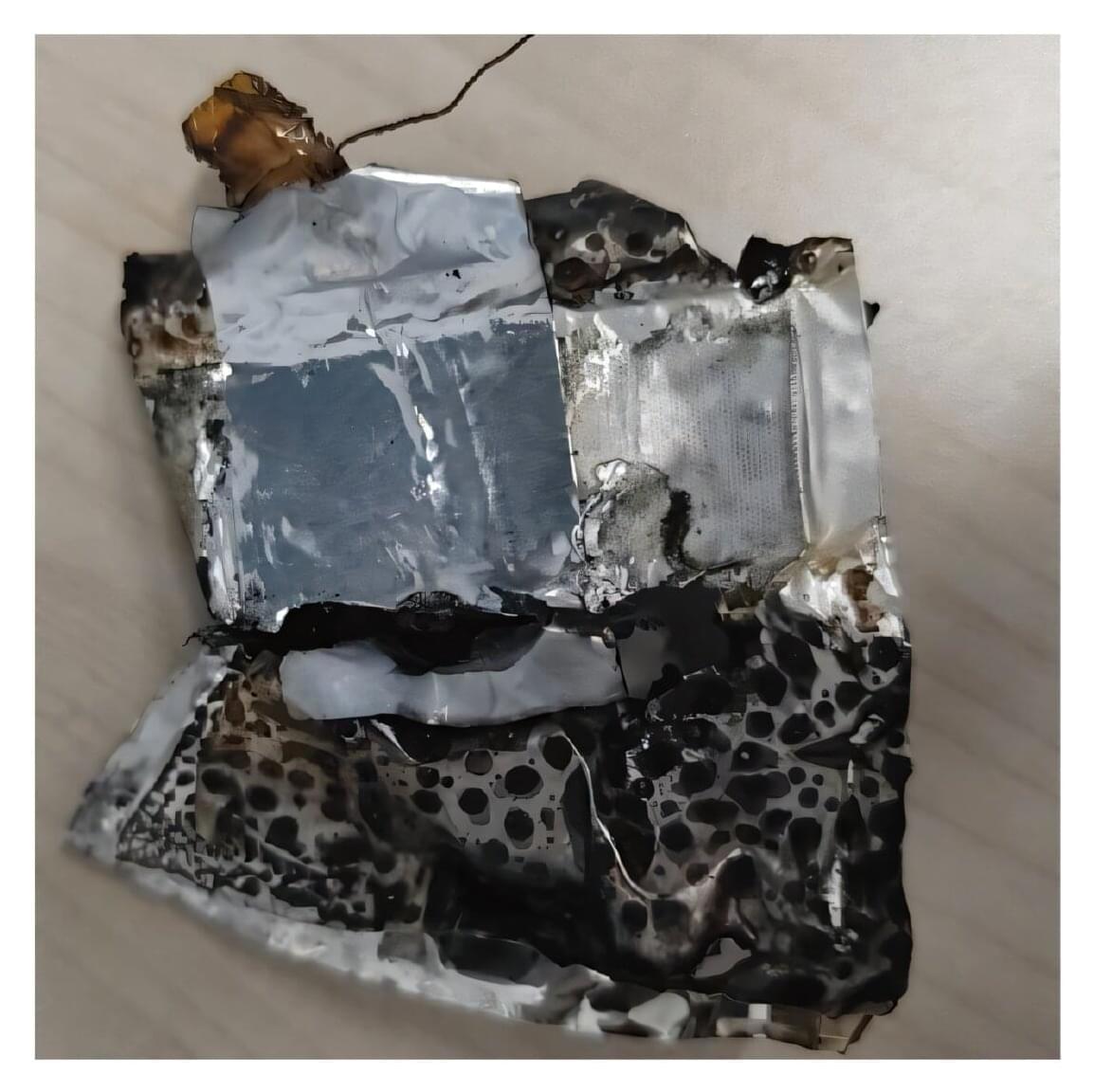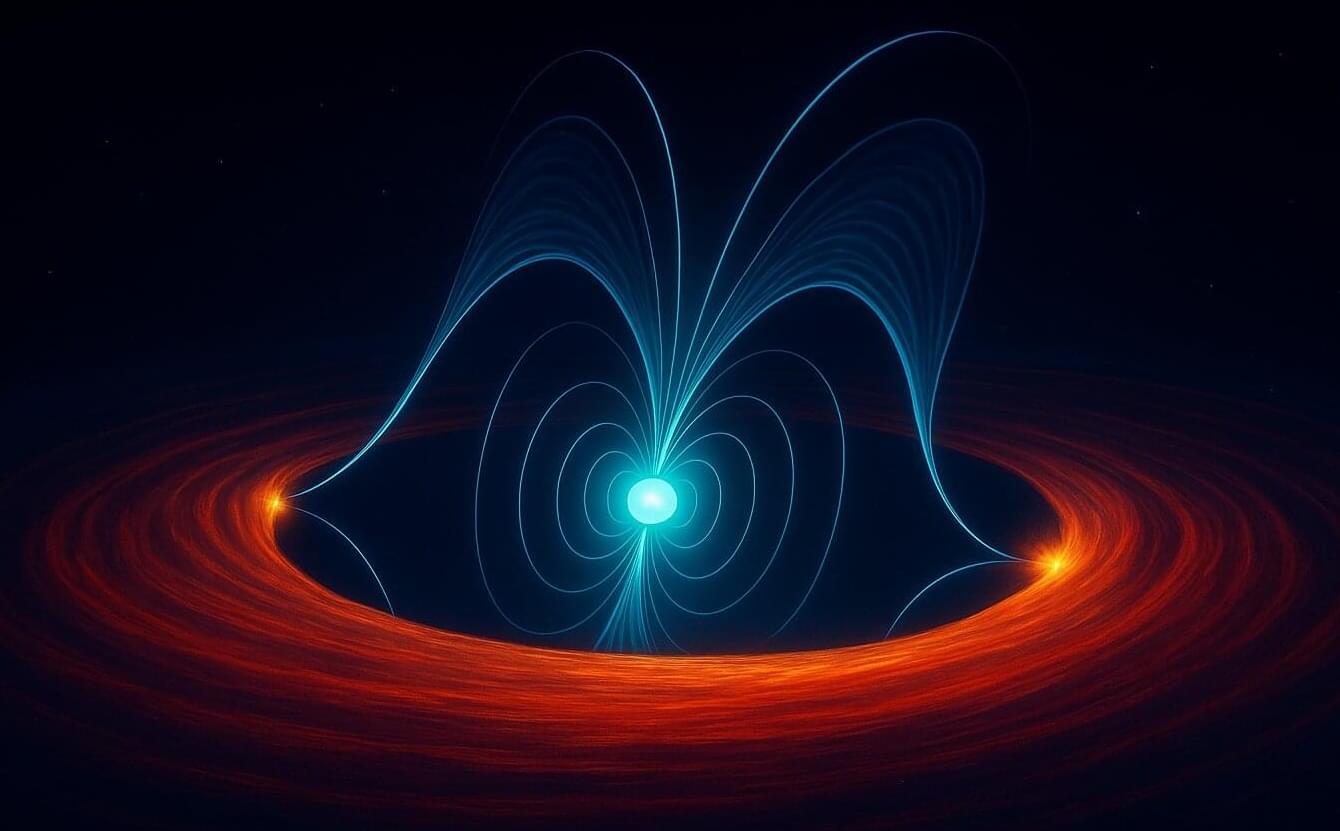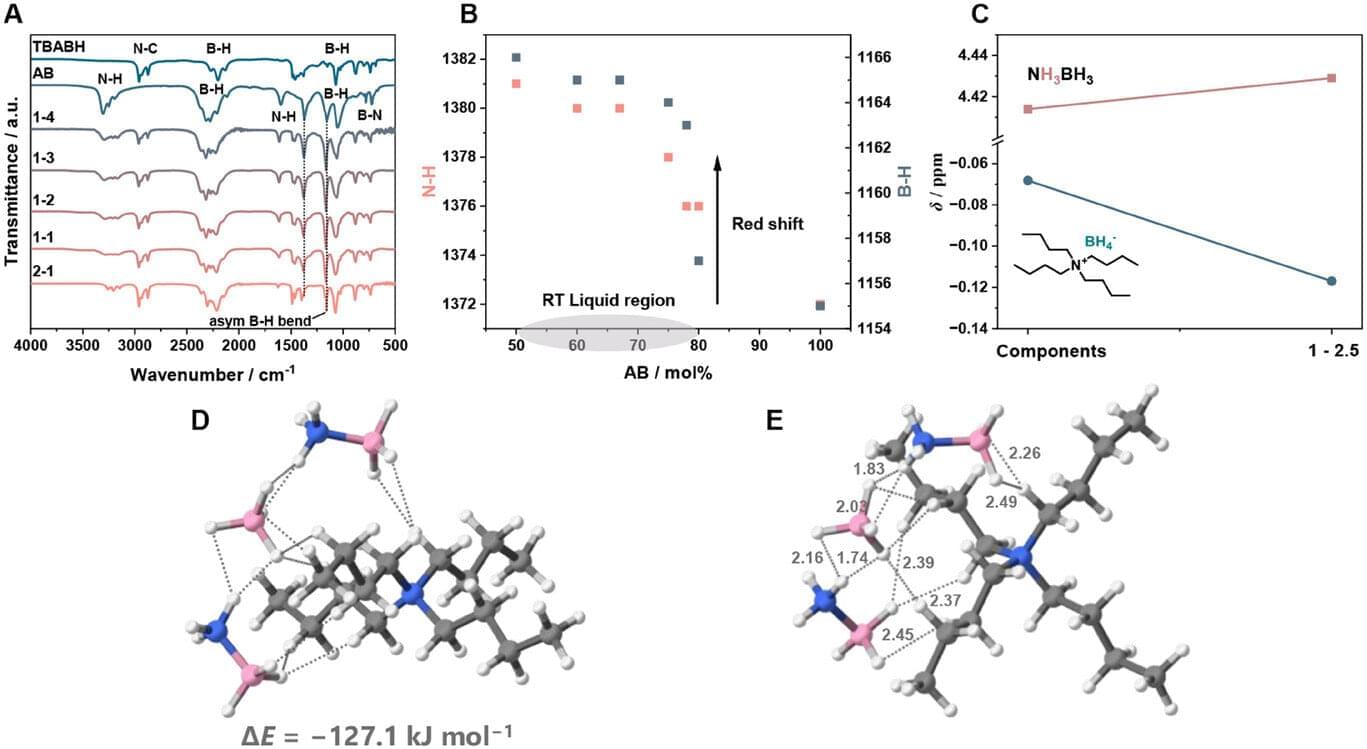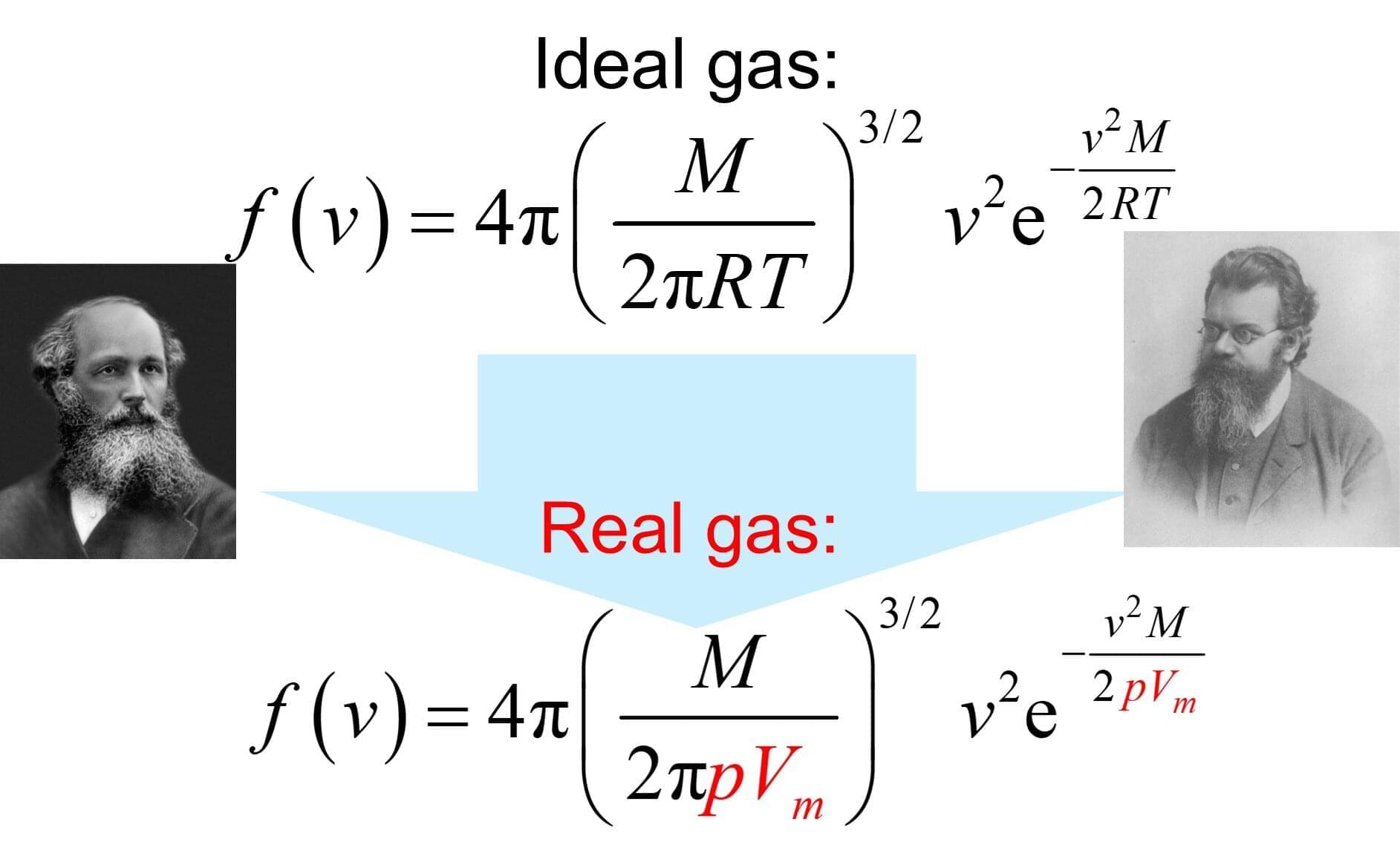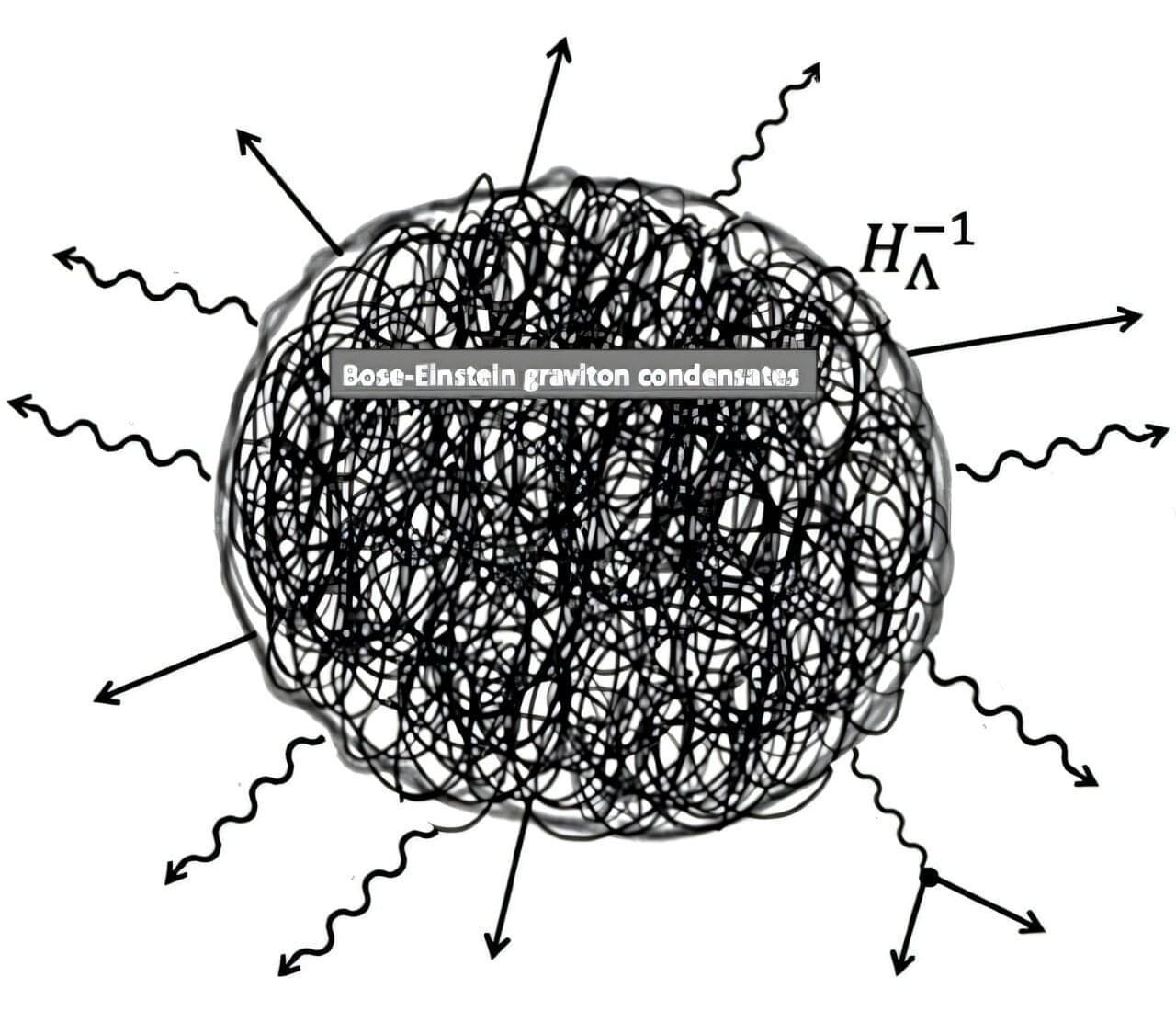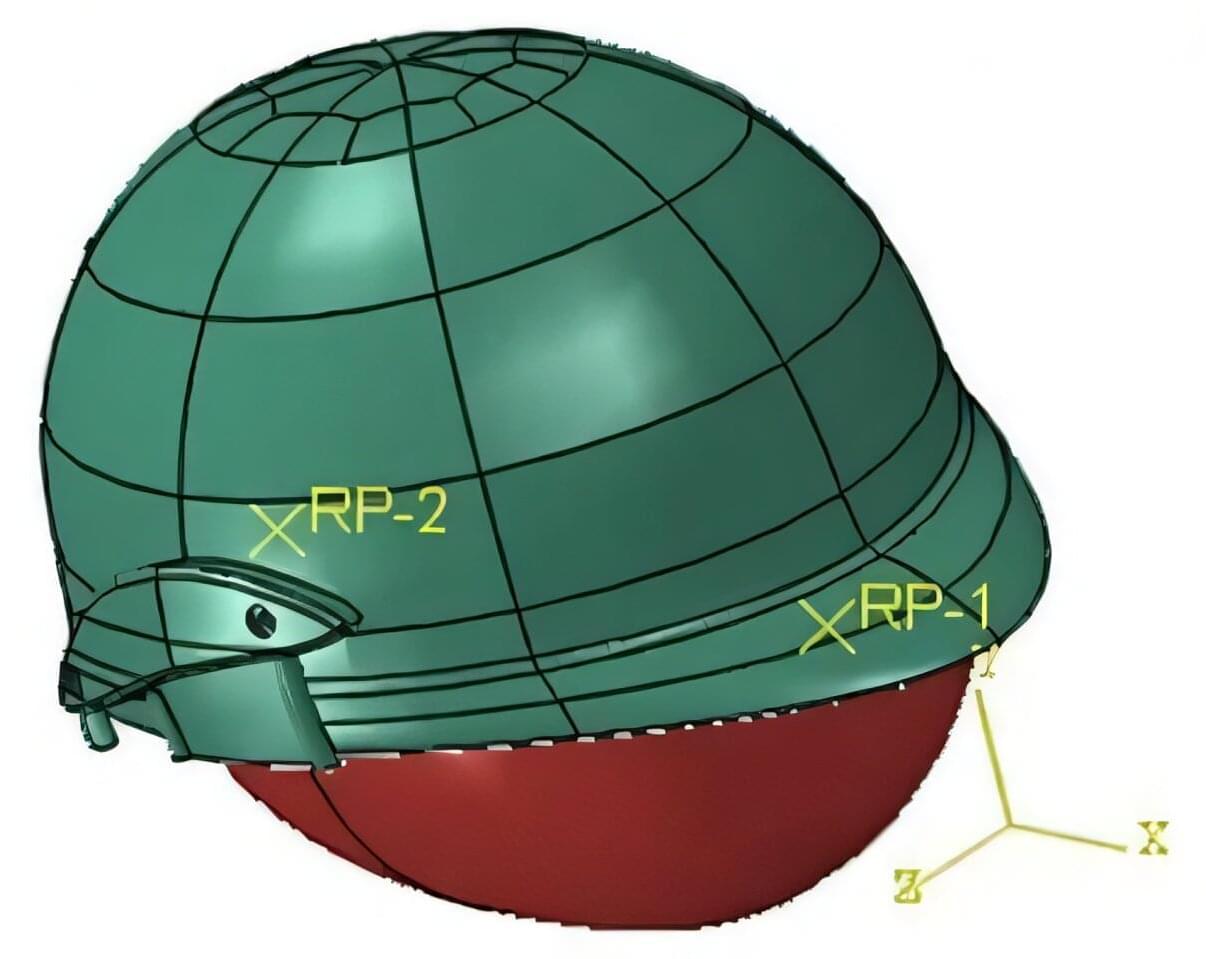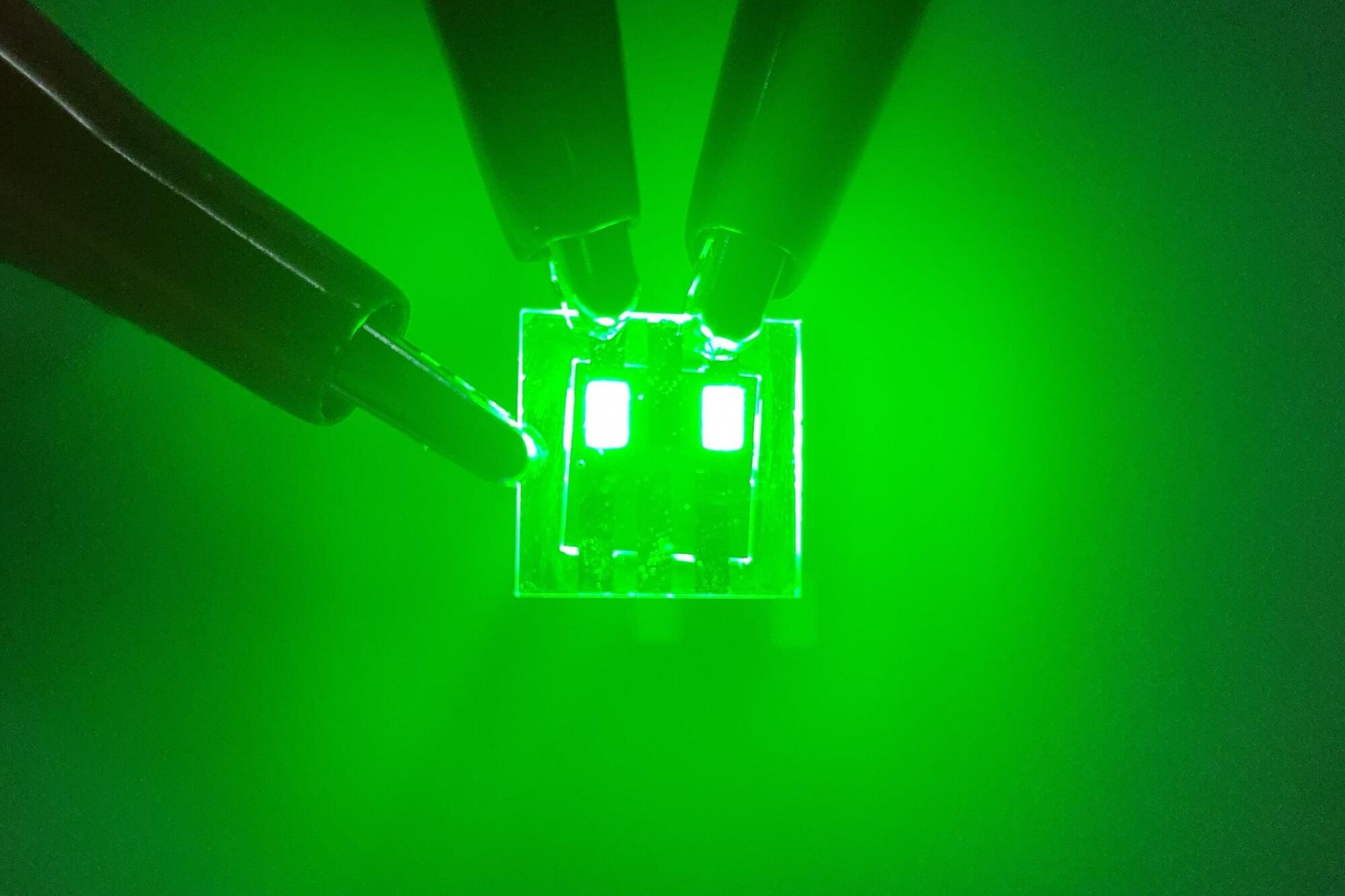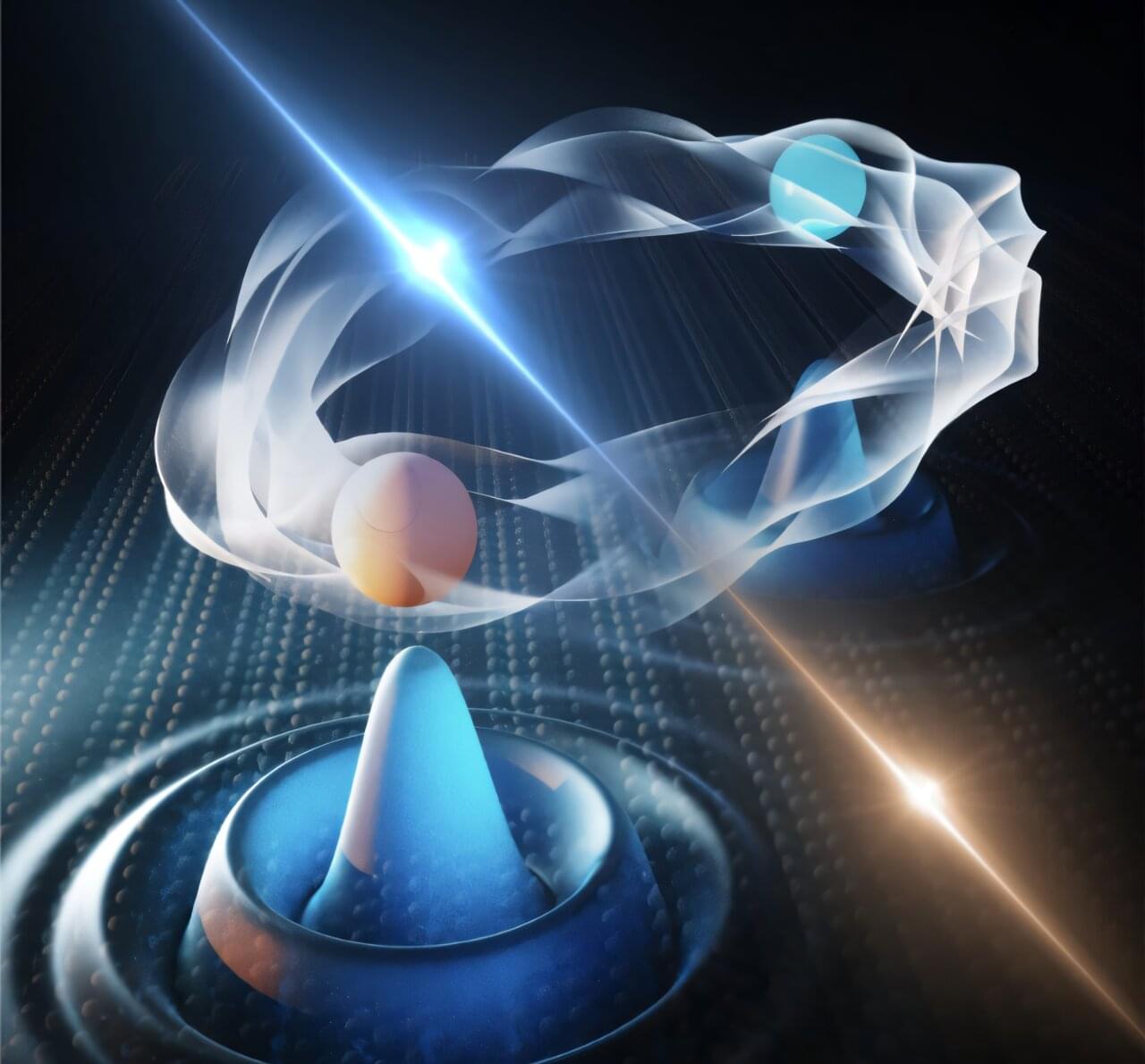University of Leeds psychologists report that stress appraisal and perceived stress act as key conduits linking childhood trauma to adult depression, anxiety, defeat, and entrapment.
Childhood trauma affects nearly one third of young people in the United Kingdom. Early experiences of abuse or neglect have been associated with depression, anxiety, post-traumatic stress disorder, and substance use later in life.
Exposure to multiple types of trauma has been linked to higher rates of suicidal thoughts and suicide attempts. Females who experience childhood sexual abuse can face substantially elevated risks of attempting suicide compared to peers without such histories.

